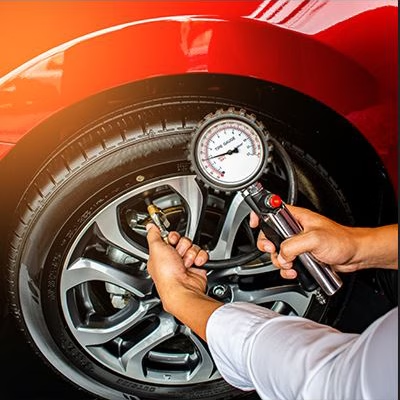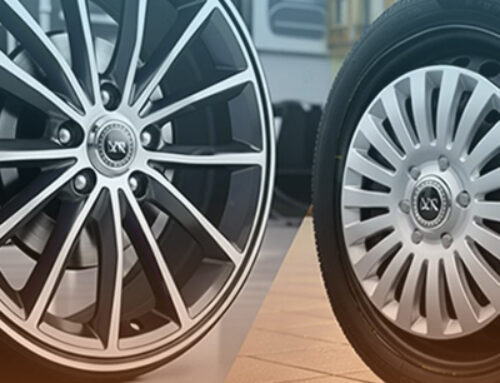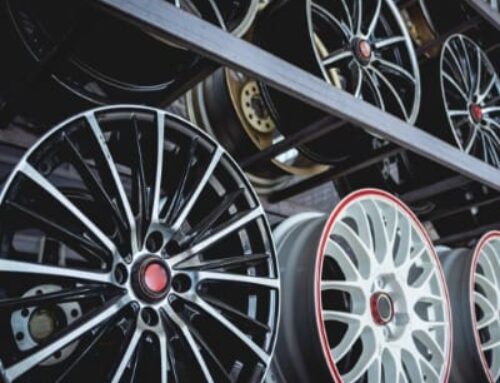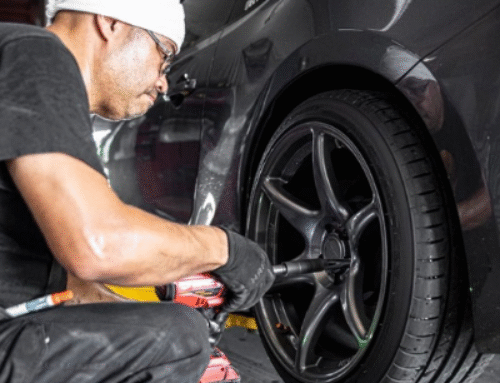How Tire Pressure Affects Vehicle Performance and Safety
When it comes to car maintenance, one of the most overlooked yet crucial factors is tire pressure. Many drivers don’t realize the significant tire pressure effect on performance, safety, and even fuel economy. Whether you’re commuting daily or preparing for a road trip, keeping your tires properly inflated is essential. In this article, we’ll dive into how tire pressure affects vehicle behavior, why it matters, and how you can maintain it at optimal levels for a safer, smoother ride.
What Is Tire Pressure and How Is It Measured?
Tire pressure refers to the amount of air inside your tires, measured in PSI (pounds per square inch). Maintaining the correct PSI ensures that your tires perform as intended.
You can usually find the recommended tire pressure for your vehicle:
-
Inside the driver’s side door frame.
-
In the vehicle’s owner’s manual.
-
Sometimes on the fuel filler door.
It’s important to note that the number printed on the tire itself is the maximum pressure it can handle, not the recommended one.
Impact of Incorrect Tire Pressure on Vehicle Performance
Understanding the tire pressure effect on performance can help you avoid many common driving problems. Here’s how incorrect tire pressure influences your car:
Low Tire Pressure:
-
Increased rolling resistance, making your engine work harder.
-
Reduced fuel efficiency, leading to higher fuel costs.
-
Poor handling and longer braking distances, making the vehicle harder to control.
High Tire Pressure:
-
Decreased traction due to a smaller contact patch with the road.
-
Harsher rides and a greater chance of tire blowouts.
-
Uneven tire wear, particularly at the center of the tread.
Example: Imagine trying to run wearing overinflated shoes or ones that are too flat — either way, your performance and comfort suffer. The same happens with your tires!
Effects of Tire Pressure on Vehicle Safety
Beyond performance, tire pressure directly impacts vehicle safety:
-
Increased risk of tire blowouts, especially at high speeds.
-
Reduced emergency braking efficiency, potentially leading to accidents.
-
Unstable handling in curves or during sudden maneuvers, increasing the likelihood of losing control.
Incorrect tire pressure doesn’t just inconvenience you — it puts you and others at risk.
Benefits of Maintaining the Right Tire Pressure
Keeping your tire pressure within the recommended range brings several advantages:
-
Better overall performance and smoother driving experience.
-
Extended tire lifespan, saving you money on replacements.
-
Improved fuel economy, since properly inflated tires reduce engine strain.
-
Enhanced safety, minimizing the risk of accidents related to tire failure.
Clearly, understanding the importance of correct tire pressure isn’t just for mechanics — it’s vital for every driver.
How and When to Check Your Tire Pressure
Regularly checking your tire pressure is simple and highly beneficial. Here’s how:
-
Frequency: Check at least once a month and before long trips.
-
Best Time: Measure when tires are “cold” — preferably first thing in the morning or after the car has been parked for a few hours.
-
Tools: Use a reliable digital tire gauge or consult your car’s built-in TPMS (Tire Pressure Monitoring System).
Tip: Always carry a small tire gauge in your glove box. It’s a small investment that can prevent big problems.
Frequently Asked Questions About Tire Pressure Effect on Performance
✅ What happens if I drive with slightly underinflated tires?
➡️ Even slightly low pressure can cause poor handling, increased wear, and worse gas mileage.
✅ Does weather affect tire pressure?
➡️ Yes! Cold temperatures can lower pressure, while hot temperatures can cause it to rise. Always check when seasons change.
✅ Can I rely solely on my TPMS sensor?
➡️ While helpful, TPMS sensors only alert you when pressure is significantly off. Manual checks remain important.
✅ What pressure should I use for long trips or heavy loads?
➡️ Follow your vehicle’s guidelines. Some manufacturers provide higher recommended PSI for heavy loads — check the manual.
✅ How does tire pressure affect comfort?
➡️ Overinflated tires may feel bumpy, while underinflated ones feel sluggish and unstable, impacting ride quality.
Maintaining the correct tire pressure is one of the simplest yet most impactful ways to ensure your vehicle performs at its best. From fuel economy improvements to enhancing safety and tire lifespan, the benefits are undeniable. Understanding the tire pressure effect on performance empowers you to drive smarter and safer.
Remember, a quick tire pressure check could save you money — and even your life.
Stay vigilant, check regularly, and drive with confidence!
Want to learn the easiest way to ensure your tires are always at the right pressure? Check out our full guide on How Can I Check if My Tires Are Properly Inflated?, where we break down step-by-step methods and tools to keep your tire pressure in check like a pro.






